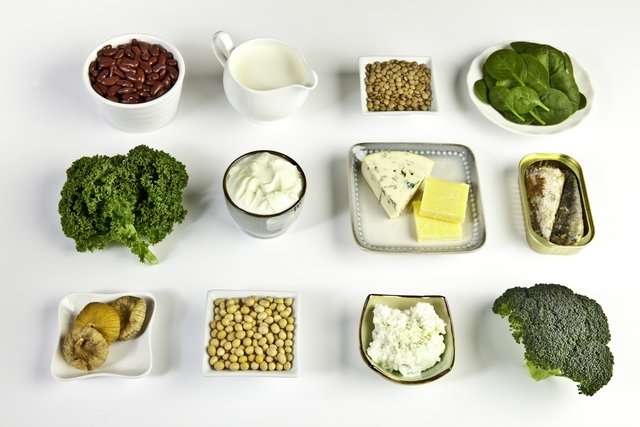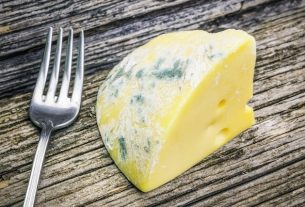Foods rich in calcium can be of vegetable or animal origin, such as yogurt, milk, spinach, sardines, broccoli, almonds, mussels, flaxseeds and chickpeas, for example.
Regular consumption of these foods helps to improve the structure of bones and teeth, improve muscle strength and contraction, assist in the blood clotting process and maintain blood pH balance.
People with osteoporosis, or a family history of osteoporosis, as well as children, pregnant women, vegetarians and vegans, should have a diet rich in calcium to prevent problems related to hormonal changes and calcium absorption. See how to follow a calcium-rich diet.

List of foods rich in calcium
Foods rich in calcium must be consumed daily so that all metabolic processes can occur correctly. Some of the main foods rich in calcium of animal and vegetable origin are:
Fortified foods are a great alternative to increasing your calcium intake, especially when foods that are sources of calcium are not included in your daily diet.
In addition to milk and dairy products, there are other foods rich in calcium such as almonds, peanuts and sardines, for example. Check out a list of foods rich in calcium without milk.
Daily Calcium Recommendation
The World Health Organization recommendation is that daily intake reaches 1000 mg per day for a healthy adult between 19 and 50 years old. However, from age 50, the recommended amount may increase to 1200 mg per day for women and adults over 70 years of age.
Between 9 and 18 years of age, a dose of 1300 mg of calcium per day is recommended. Calcium supplementation is recommended in specific cases of deficiency or illness, and must be prescribed and guided by a doctor or nutritionist. See more about calcium supplements.
Bibliography
- PORTUGUESE FOOD INFORMATION PLATFORM. Food composition. Available at: <http://portfir.insa.pt/insa/about>. Accessed on March 22, 2019
- STATE UNIVERSITY OF CAMPINAS – UNICAMP. Brazilian Food Composition Table. 2011. Available at: <http://www.nepa.unicamp.br/taco/contar/taco_4_edicao_ampliada_e_revisada.pdf?arquivo=taco_4_versao_ampliada_e_revisada.pdf>. Accessed on March 22, 2019

Sign up for our newsletter and stay up to date with exclusive news
that can transform your routine!
Warning: Undefined array key "title" in /home/storelat/public_html/wp-content/plugins/link-whisper-premium/templates/frontend/related-posts.php on line 12
Warning: Undefined array key "title_tag" in /home/storelat/public_html/wp-content/plugins/link-whisper-premium/templates/frontend/related-posts.php on line 13




